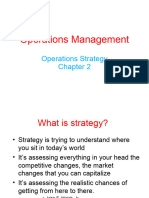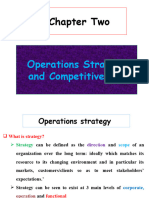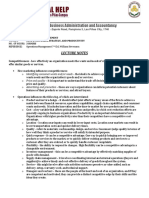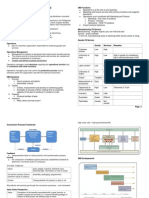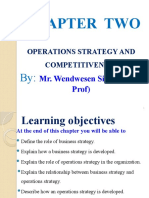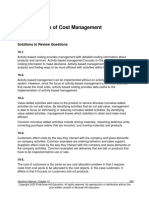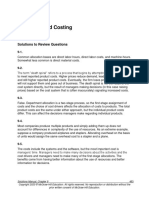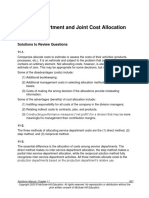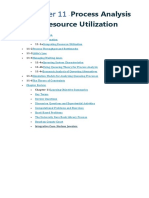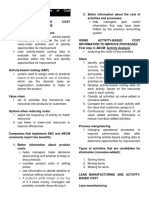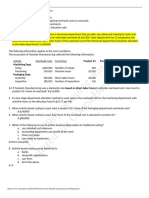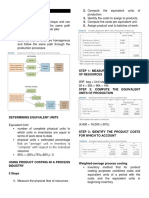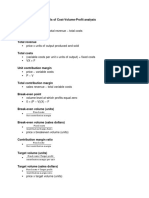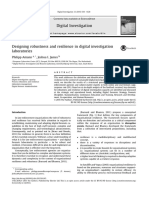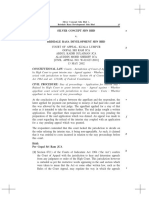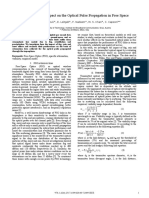0% found this document useful (0 votes)
82 views3 pagesChapter 3 Notes
This document discusses key concepts in operations strategy including competitive advantage, competitive priorities like cost, quality, time, flexibility and innovation. It explains how understanding customer needs and evaluating goods/services on search, experience and credence attributes helps firms achieve competitive advantage. The levels of strategy from corporate to business to operations strategy are presented. Key decisions in operations design and developing infrastructure to support the operations strategy are also summarized.
Uploaded by
RorCopyright
© © All Rights Reserved
We take content rights seriously. If you suspect this is your content, claim it here.
Available Formats
Download as DOCX, PDF, TXT or read online on Scribd
0% found this document useful (0 votes)
82 views3 pagesChapter 3 Notes
This document discusses key concepts in operations strategy including competitive advantage, competitive priorities like cost, quality, time, flexibility and innovation. It explains how understanding customer needs and evaluating goods/services on search, experience and credence attributes helps firms achieve competitive advantage. The levels of strategy from corporate to business to operations strategy are presented. Key decisions in operations design and developing infrastructure to support the operations strategy are also summarized.
Uploaded by
RorCopyright
© © All Rights Reserved
We take content rights seriously. If you suspect this is your content, claim it here.
Available Formats
Download as DOCX, PDF, TXT or read online on Scribd
/ 3



















